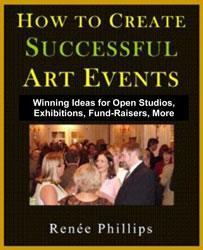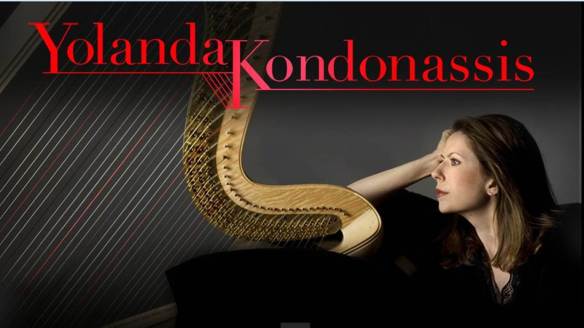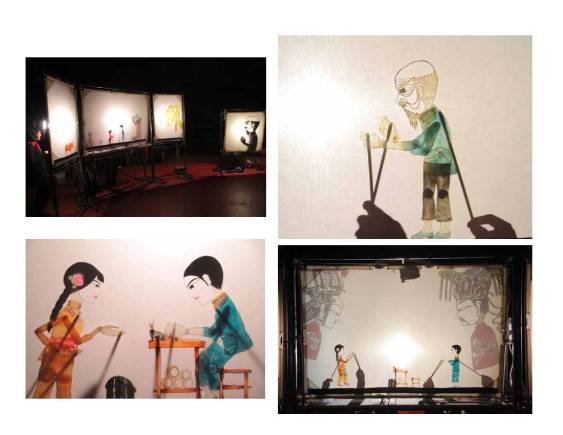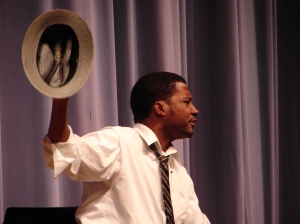 By Renee Phillips, The Artrepreneur Coach
By Renee Phillips, The Artrepreneur Coach
Throughout my career I have enjoyed hosting many events, from arranging small art parties in my apartment to staging large multi-media galas attended by celebrities, government officials, representatives from embassies, and members of the art and entertainment press. Some of these events were even televised and broadcast on radio.
As much fun as I had producing them, I enjoy sharing the tips and tricks that made them successful. With imagination you can create memorable events on a small budget. For this article I selected a few ideas from “How to Create Successful Art Events”, one of the documents in my “Artist Success Package”.
1. Pay Attention to the Details
Begin the process by preparing a comprehensive “to do” list with deadlines. Develop a detailed budget. Create your invitations with flair and provide detailed information including directions to the venue. Make sure the venue is clean, has superb lighting, good acoustics and safe traffic flow. Provide ample seating for guests who may be disabled.
2. Use Imaginative Themes to Ignite Interest
When setting the date for your event, don’t ignore the importance of selecting the right theme that is appropriate for that particular time of year. Consider traditional as well as non-traditional celebrations, for example: January is the month of new beginnings and resolutions. But, did you know that January 31st is “Inspire Your Heart with Art Day”?
3. Create the “Wow” Factor
Select superior art and display it with the utmost care. Create a “Red Carpet” atmosphere that will arouse excitement about what’s inside. A few suggestions: Literally roll out a red carpet, display large movie style exhibition posters on easels, have several wannabe “paparazzi” taking photos of guests… you get the idea!
4. Attain Sponsorship
Stretch your budget by approaching the public relations departments of small businesses or large corporations and request “out of pocket” expenses. To reciprocate, give them name recognition on your invitations, promotional materials and at the event. Many food and beverage distributors and even local restaurants are willing to donate their goods in exchange for product visibility.
5. Recruit Volunteers
I recommend you hire the best professionals you can afford. But, you can also reach out to your friends, relatives, college interns, and retirees to help with the organizational details, promotion and art sales. Offer them a commission and pay for their travel expenses. Show your appreciation by inviting them to a pre-event private showing or dinner. Acknowledge them publicly in print and in your verbal announcement at the event.
6. Give Every Guest A Take Away Gift
Every guest should leave with something tangible to remember you. A colorful and informative printed brochure or catalogue is a nice gesture when handed out by a friendly welcoming committee. However, don’t stop there: Add special items to their gift bags such as small, signed prints of your art or magnets, calendars, t-shirts or tote bags with your art or logo reproduced on them.
7. “Piggyback” Major Organizations’ Events or Major Celebrations
Use the art of “piggybacking” and ride on the coat tails of major events held around the same time as yours. My best events were orchestrated as team efforts. Choose organizations that share your values and mission. Offer to collaborate with them and help them promote their event. Catch the wave of publicity that their programs will generate. When you join forces with like-minded folks and organizations you’ll both reap many benefits.
8. Don’t Blend into the Background
Most artists shy away from the lights of cameras and attention of public displays. But, as the exhibiting artist, the star of the event, or the special host, this is not the time to be a wall flower. Wear a genuine smile and an outfit that will attract people to you like a magnet. One smart artist I know wears a purple dress to match her signature purple paintings.
9. Offer A Free Raffle to Grow Your Mailing List
It may be difficult to get everyone to sign your guest book so encourage them to insert their business cards or clearly write their name and contact information on a raffle card. Entice them by giving away valuable prizes that are worth their while.
10. Use Free and Low Cost Advertising and Promotion
Announce your event in online forums and social media sites including setting up an events page on www.facebook.com. Utilize Free event listings in newspapers. Post fliers in the vicinity of the event. Use online press release services http://service.prweb.com. Broadcast yourself on You Tube http://www.youtube.com/. Announce your event on Meet Up http://www.meetup.com
Renee Phillips is an author, art marketing advisor and Curator-Director of Manhattan Arts International. Visit her blogs: The Artrepreneur Coach and The Healing Power of Art. Learn more about her art marketing services at http://www.manhattanarts.com/ReneePhillips/consult.htm.

 NPR Tiny Desk Concert
NPR Tiny Desk Concert







